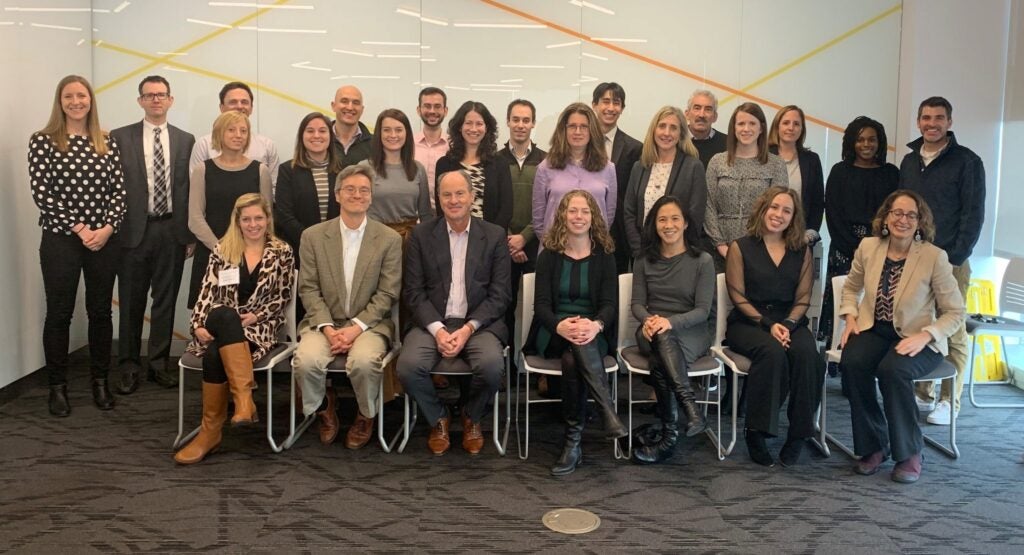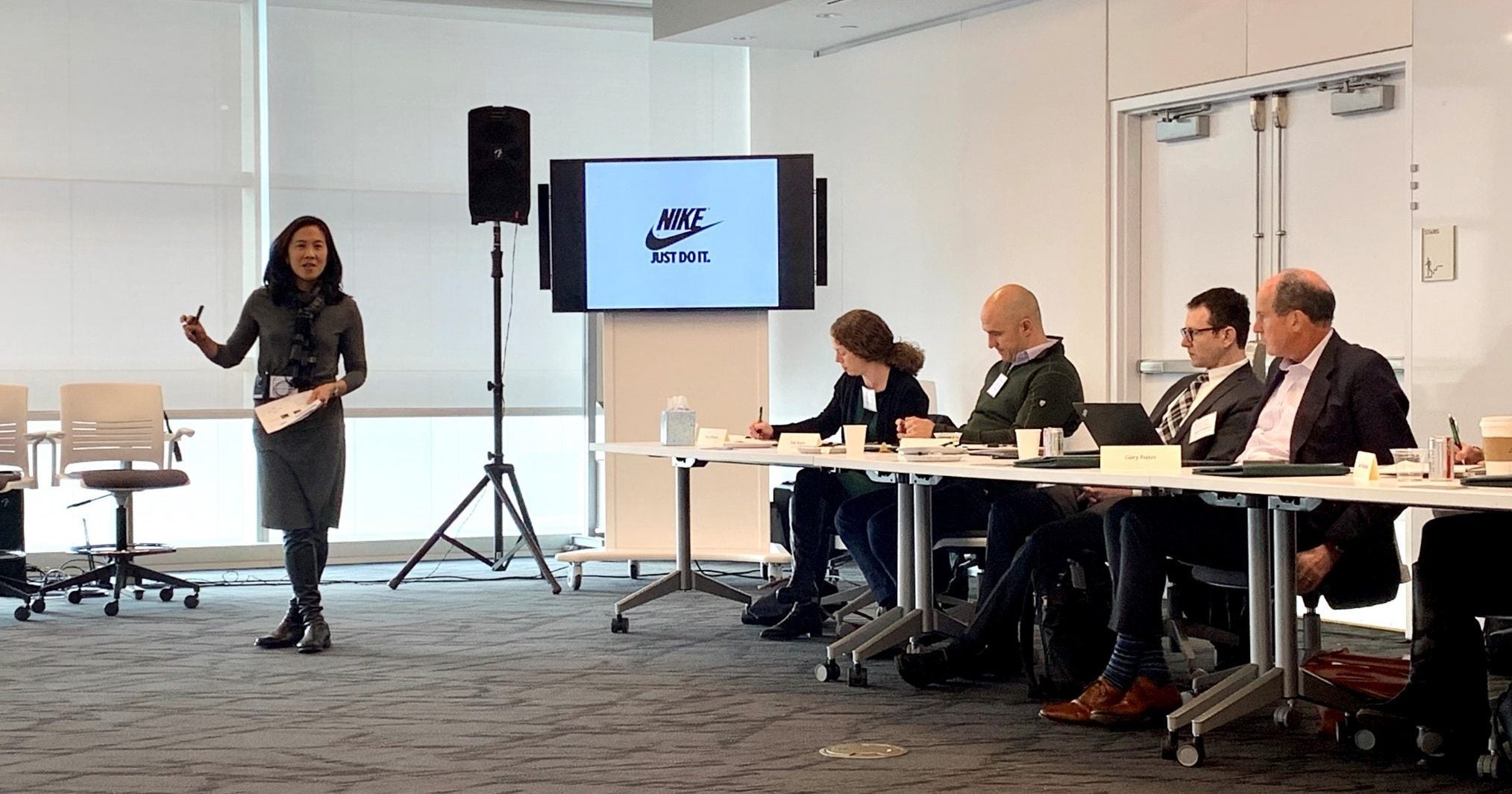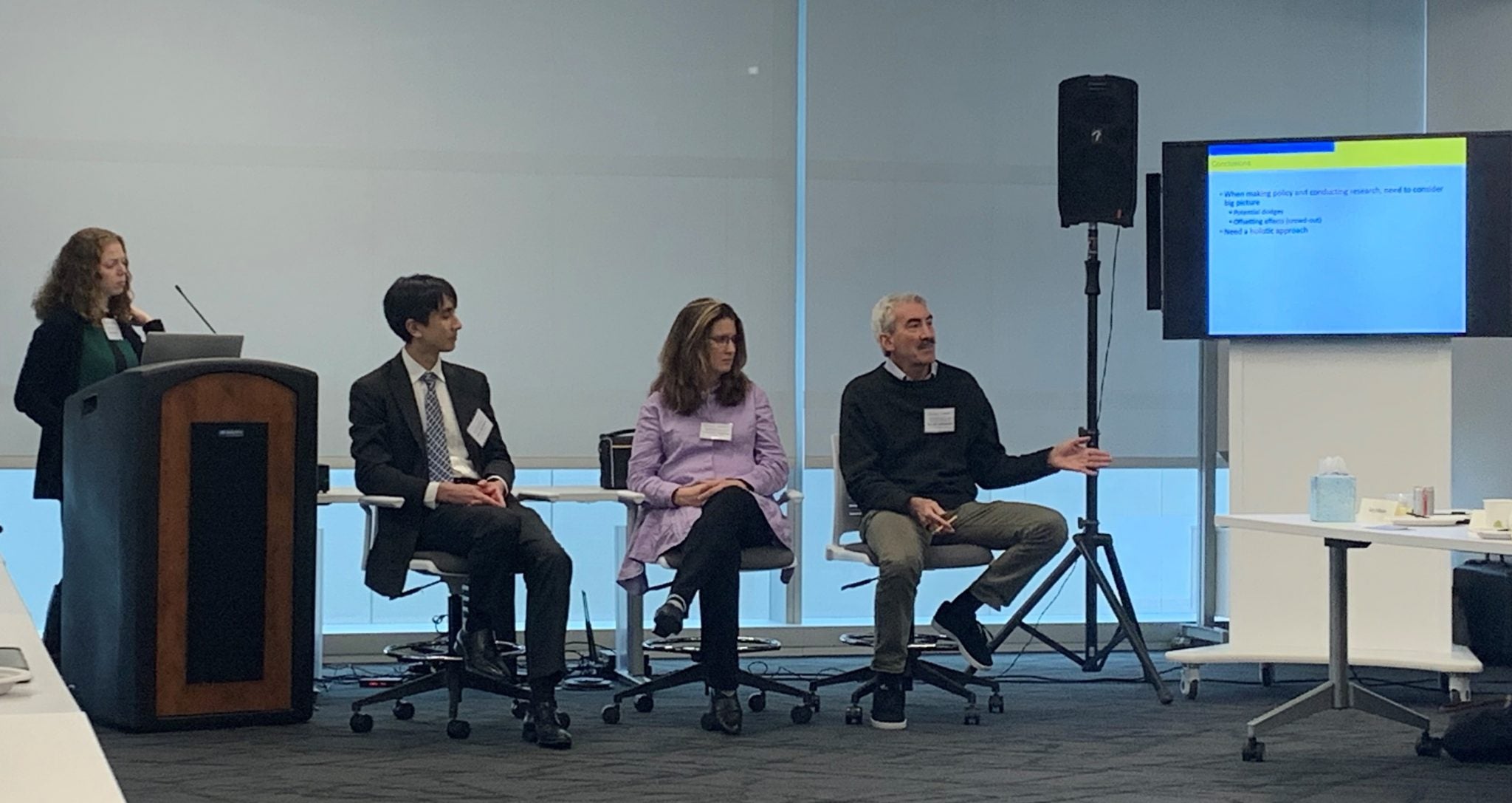CHIBE, BCFG Discuss How to Create Habit Formation for Behaviors

Between 40-50% of premature deaths in the United States are due to behaviors we could change, said Katy Milkman, PhD, at a roundtable discussion on creating habit formation for behaviors.
“This means what we’re doing in this room is really important and can have a really big impact,” said Dr. Milkman, who is co-director of the Behavior Change for Good (BCFG) Initiative.
This roundtable, hosted by the University of Pennsylvania’s Center for Health Incentives & Behavioral Economics (CHIBE) and BCFG, was sponsored by WW and was designed to form new collaborations and spark new ideas on how to create healthy habits and lasting behavior change.
Researchers from the University of Pennsylvania, University of Chicago, Carnegie Mellon, Harvard, UNC, and UCLA gathered on November 20, 2019, to discuss the psychology of sustained behavior change, modifications to environments to enduringly change behavior, and behaviorally informed policy to encourage healthy habits.
In his opening remarks, Director of CHIBE Kevin Volpp, MD, PhD, talked about some of the ways to look at sustained behavior change. He discussed one study where smaller incentives were more effective at behavior change than larger incentives post-intervention, perhaps because the smaller incentives were enough to overcome inertia but not large enough to discourage the individuals to stop the behavior when the incentives were discontinued. One thing to consider, he said, is instead of looking for large effects within the intervention and hoping that a percentage of those people continue the behavior post-intervention, we should look more closely at how we can achieve the real goal of achieving sustained behavior change post-intervention.
The roundtable presentations began with Ayelet Fishbach, PhD, MA, who talked about the role of patience and how it relates to a preference for larger-later over smaller-sooner rewards.
Deborah Tate, PhD, discussed self-regulation and building just-in-time adaptive interventions in a study where participants were contacted with various messages related to weight-loss, exercise, and food intake.

Co-Director of BCFG Angela Duckworth, PhD, MA, MSc, shared a process model involving attention, appraisal, response, and situation.
John Beshears, PhD, MA, shared about choice architecture and enduring behavior change and explored which types of nudges are the most impactful in different situations.
Gretchen Chapman, PhD, presented on “dodging dietary defaults” and explored about how consumers often select away from healthy defaults, especially for consumers who prefer unhealthy food.

George Loewenstein, PhD, looked at how to make nudges stick and advised that we need to consider potential dodges and off-setting effects when conducting research.
Noah Goldstein, PhD, MA, looked at social influence interventions in the creation of healthy habits and argued that organizations that use norms should make sure they closely match the environment, context, and circumstances of the intended audience.
Dr. Milkman argued that we need to think more about the proverbial hammer and nail with our strategies in matching solutions to problems. She also noted that social norms are useful for tackling misinformation and low self-efficacy.
Todd Rogers, PhD, discussed the idea of the “poison parasite defense,” where strong poisonous counter-messages are inserted into a replication of a rival’s communication and use associative memory to damage the rival.
Dr. Volpp concluded the roundtable with some themes from the day, including the idea that willpower is a major player in behavior change and that some choice environments reinforce or work against desired behavior change. In addition, we should be wary of being overly paternalistic in our efforts to encourage healthy behaviors and think of ways to make the desired experience more pleasurable.
“As Katy [Milkman] highlighted, there’s often an insufficient understanding of why people are doing what they’re doing or not doing what we’d like them to be doing, and we need to get much better at matching problems with solutions,” Dr. Volpp said.